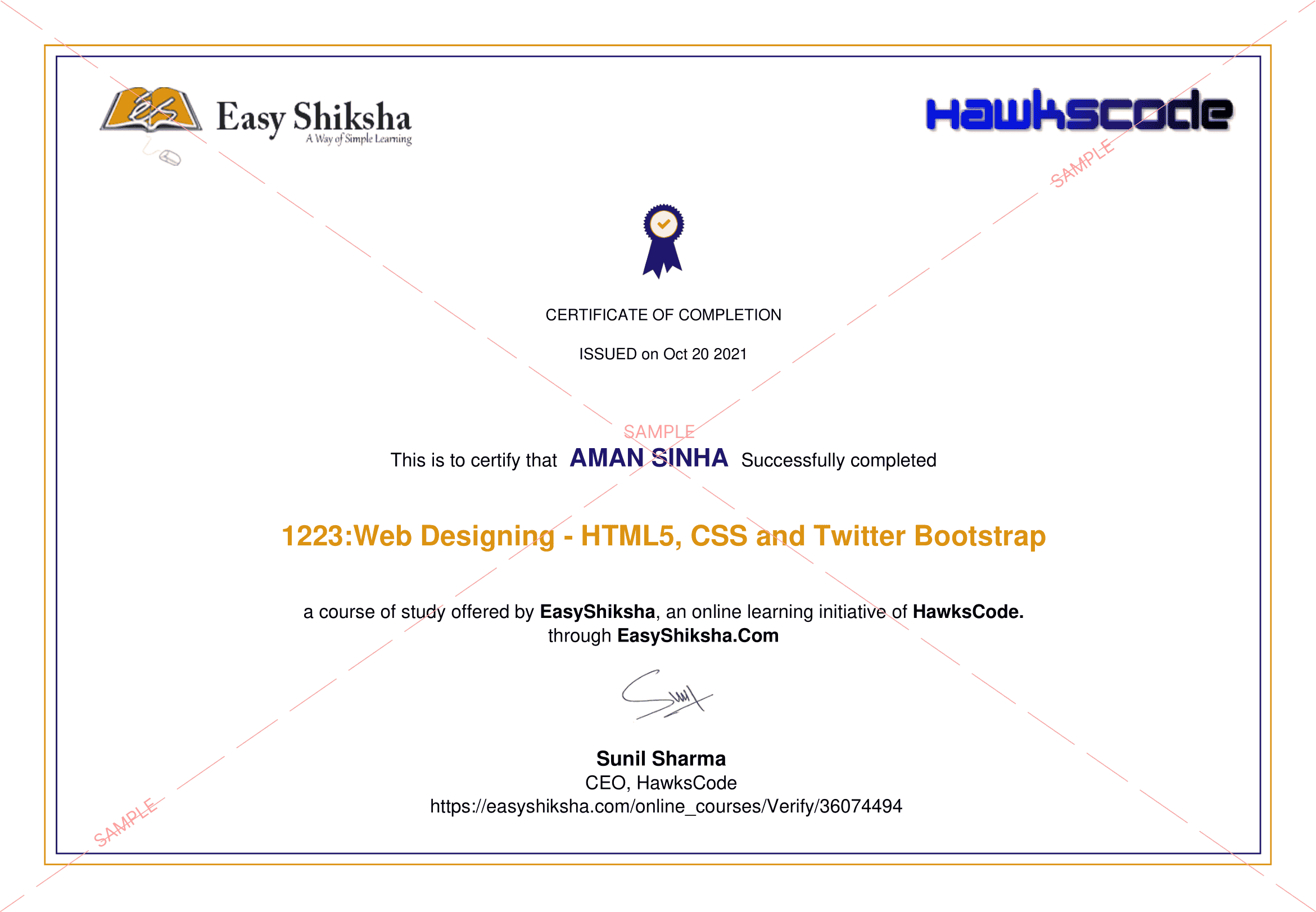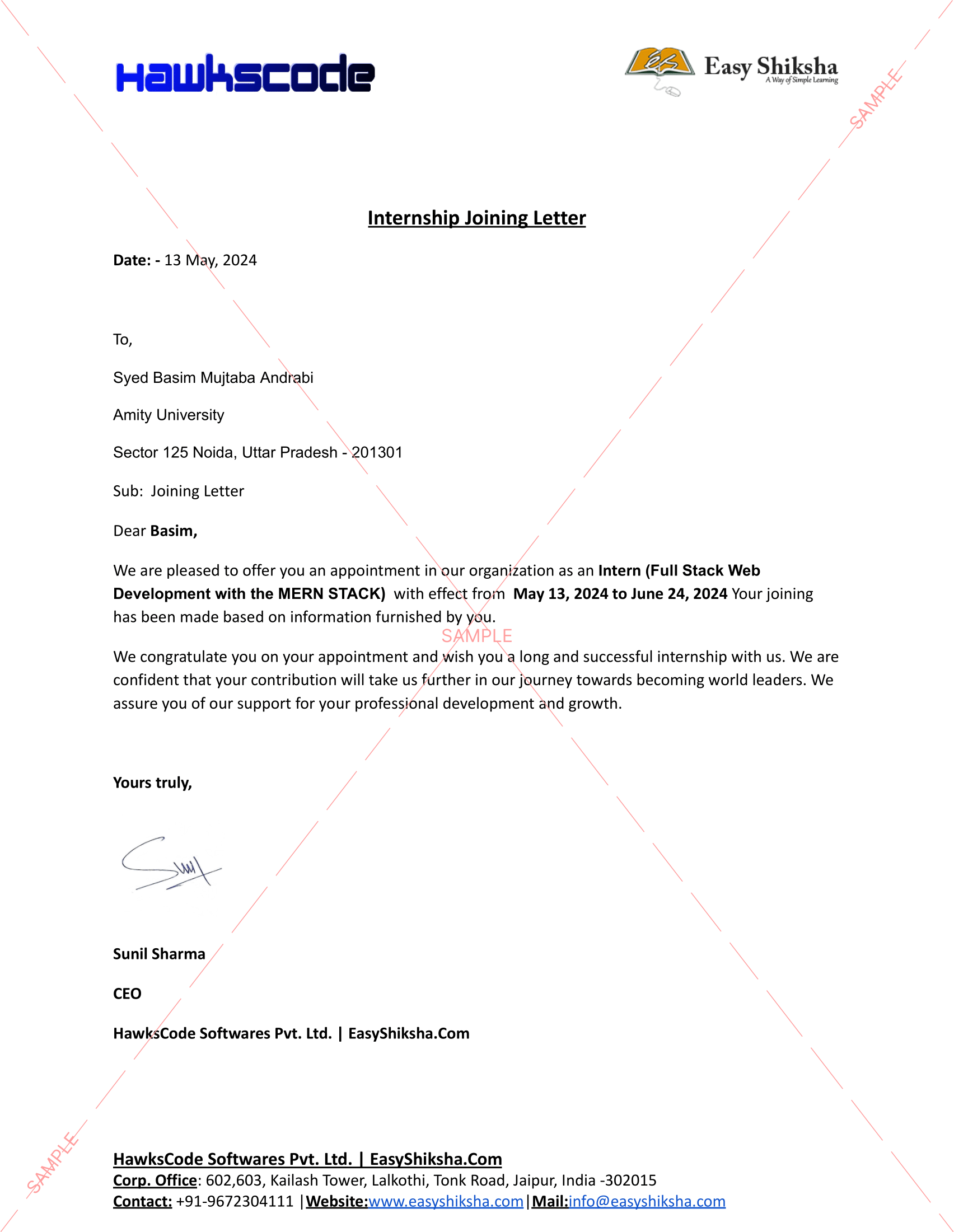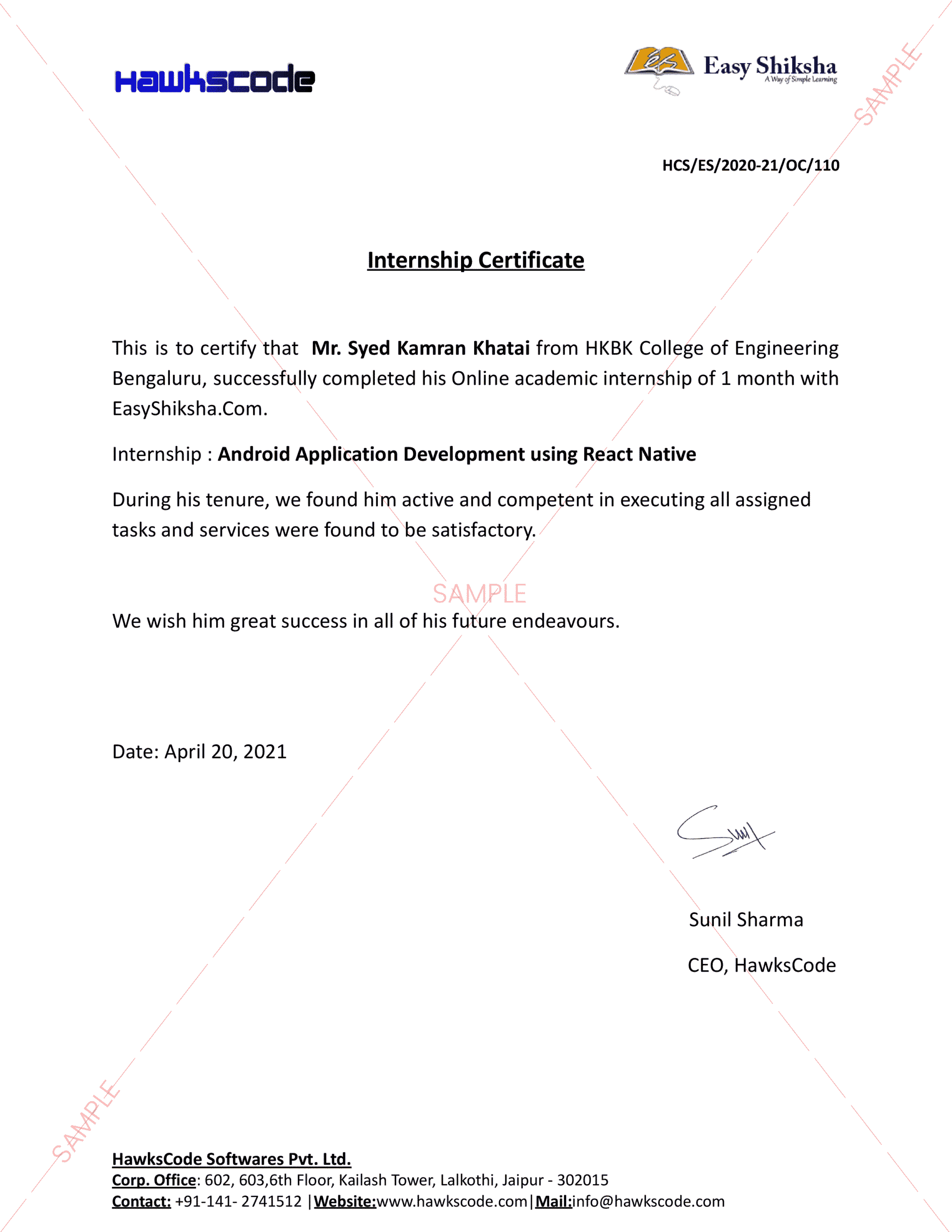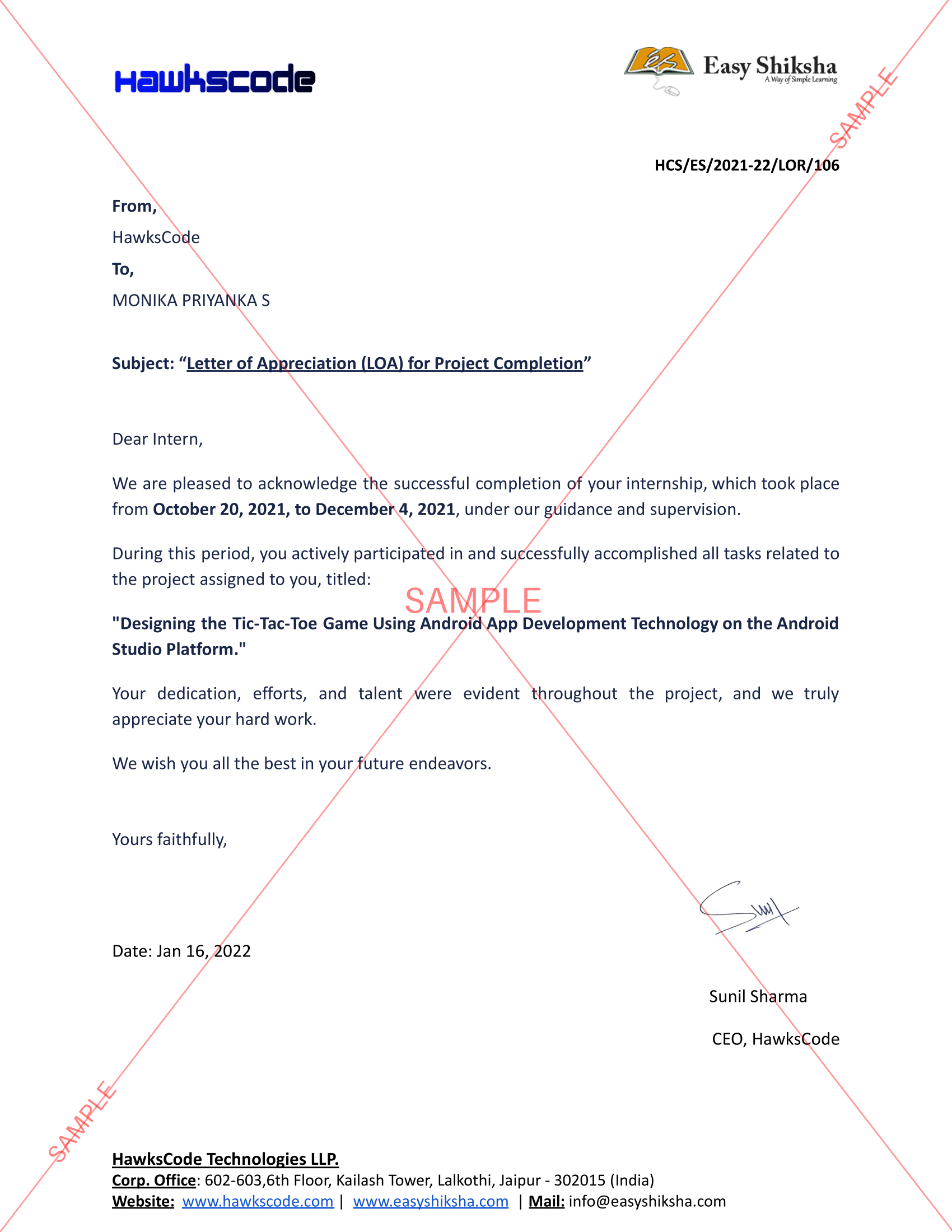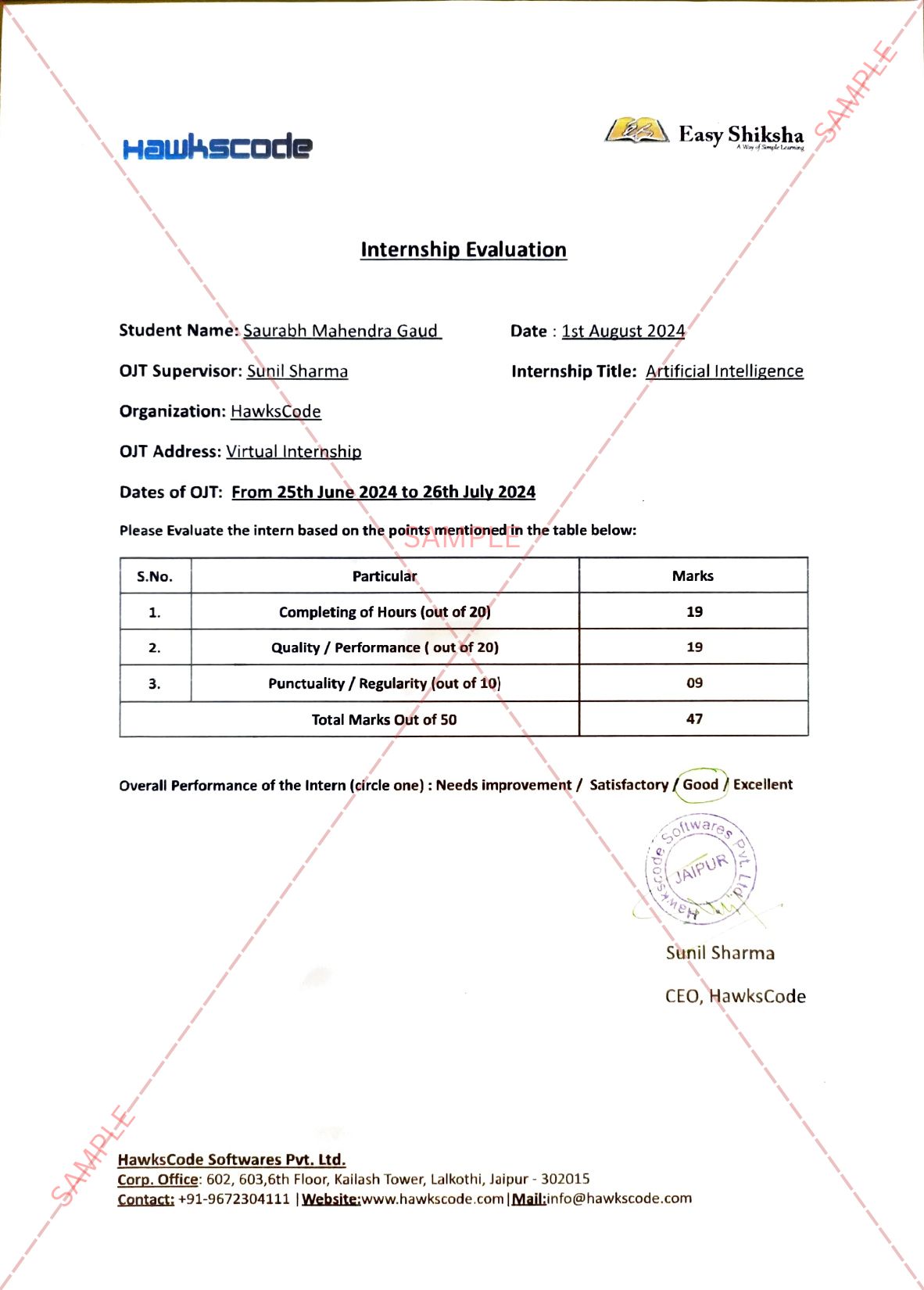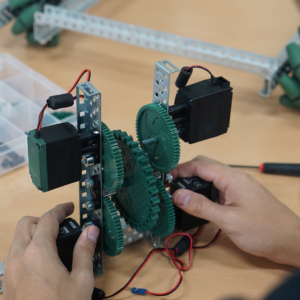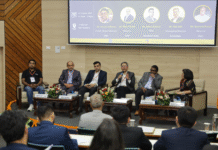The field of robotics is evolving rapidly, offering exciting career opportunities for students pursuing a Master’s in Robotics. This interdisciplinary domain integrates mechanical engineering, electrical engineering, and computer science, making it a challenging yet rewarding path. However, pursuing a master’s degree in robotics comes with its own set of challenges. From grasping complex technical concepts to managing finances, students face numerous hurdles throughout their academic journey.
This article explores the primary challenges students encounter while pursuing a Master’s in Robotics and provides insights into how they can overcome them.
Top Courses in Information and Technology
More Courses With Certification
Challenges Faced by Students in a Master’s in Robotics Program
1. Complexity of Interdisciplinary Learning
Robotics is a multidisciplinary field that requires students to have expertise in various domains, including programming, electronics, and mechanics. Many students struggle with mastering these diverse subjects, especially if they come from a background that lacks exposure to some of these disciplines.
- Solution: Students can take foundational courses in programming, electrical engineering, and mechanical design before starting their master’s program to build a solid base.
2. Heavy Workload and Academic Pressure
Master’s programs in robotics are intensive, often requiring students to juggle coursework, laboratory work, research projects, and internships simultaneously. The pressure to excel in all these areas can be overwhelming.
- Solution: Time management and prioritization are essential. Using productivity tools, creating study schedules, and seeking mentorship from professors or senior students can help balance academic workload effectively.
3. Hands-on Experience and Practical Learning
Theoretical knowledge alone is insufficient in robotics. Students need practical experience working with robotic hardware, programming microcontrollers, and designing autonomous systems. However, access to necessary resources, labs, and equipment can be limited.
- Solution: Enrolling in online robotics internships, participating in open-source robotics projects, and joining university robotics clubs can provide hands-on experience.
4. Keeping Up with Technological Advancements
Robotics is an ever-evolving field with constant technological advancements. Staying updated with the latest trends, tools, and frameworks can be challenging for students.
- Solution: Subscribing to robotics journals, attending industry conferences, and engaging with online communities can help students stay informed about the latest innovations.
5. Financial Constraints
Pursuing a master’s degree in robotics can be expensive, with tuition fees, lab costs, and research expenses adding to the financial burden. Many students struggle to afford quality education in this domain.
- Solution: Applying for scholarships, assistantships, and financial aid can ease the financial strain. Many universities also offer part-time job opportunities for students.
6. Lack of Industry Exposure and Internships
Gaining industry exposure is crucial for landing a good job post-graduation. However, securing relevant internships can be competitive, making it difficult for students to gain practical industry experience.
- Solution: Networking with professionals, leveraging LinkedIn, and applying for multiple internship opportunities through platforms like EasyShiksha.com can enhance chances of securing a valuable internship.
7. Mathematical and Algorithmic Complexity
Robotics involves extensive use of advanced mathematics, including linear algebra, control theory, and probability. Many students struggle with understanding complex mathematical concepts and algorithms.
- Solution: Taking online courses in mathematics, practicing problem-solving regularly, and using visualization tools can help students grasp difficult concepts.
8. Job Market Competition
With robotics being a highly sought-after field, competition for top jobs is intense. Many graduates find it challenging to secure high-paying roles due to stiff competition.
- Solution: Building a strong portfolio of projects, gaining certifications, and networking with industry experts can improve job prospects.
9. Language and Communication Barriers
For international students, language barriers can be a significant hurdle, affecting their academic performance and ability to collaborate effectively.
- Solution: Taking English language courses, engaging in group discussions, and practicing technical presentations can improve communication skills.
10. Balancing Research and Coursework
Many Master’s in Robotics programs require students to work on research projects, which can be time-consuming and challenging to balance alongside coursework.
- Solution: Effective time management, setting clear research goals, and working closely with academic advisors can help students manage both aspects efficiently.

Important Announcement – EasyShiksha has now started Online Internship Program “Ab India Sikhega Ghar Se”
FAQs: Frequently Asked Questions
Q1. What background is required for a Master’s in Robotics?
A background in engineering, computer science, or a related technical field is preferred. Some programs may also accept students with strong mathematical and programming skills.
Q2. How long does it take to complete a Master’s in Robotics?
Most master’s programs in robotics take 1.5 to 2 years to complete, depending on the university and curriculum.
Q3. Is programming knowledge essential for robotics?
Yes, programming is a fundamental skill in robotics. Languages such as Python, C++, and MATLAB are commonly used.
Q4. Are there scholarships available for robotics students?
Many universities and organizations offer scholarships and financial aid for robotics students. Checking university websites and scholarship portals can help in finding funding opportunities.
Q5. What career opportunities are available after a Master’s in Robotics?
Graduates can pursue careers in automation, AI development, machine learning, robotic process automation, and research & development in industries like healthcare, manufacturing, and aerospace.
Q6. How can I gain practical experience in robotics during my studies?
Joining robotics clubs, participating in competitions, working on personal projects, and securing internships can provide valuable hands-on experience.
Q7. What are the main industries hiring robotics graduates?
Industries such as automotive, aerospace, healthcare, consumer electronics, and logistics frequently hire robotics professionals.
Q8. What software and tools are commonly used in robotics?
Some popular tools include ROS (Robot Operating System), MATLAB, OpenCV, and TensorFlow for AI and machine learning applications in robotics.
Also Read: Why a Growth Mindset is the Key to Lifelong Learning and Success
Get Courses: mechanical engineering course
Conclusion
Pursuing a Master’s in Robotics is an exciting yet challenging journey that requires dedication, technical expertise, and hands-on experience. While students may face various obstacles such as academic pressure, financial constraints, and technological advancements, strategic planning and proactive learning can help them overcome these challenges. By gaining practical experience, staying updated with industry trends, and leveraging networking opportunities, students can build a successful career in robotics.
EasyShiksha.com provides valuable resources, courses, and internship opportunities to help robotics students navigate their academic and professional journey efficiently. With the right approach and determination, aspiring roboticists can achieve success in this rapidly growing field.
